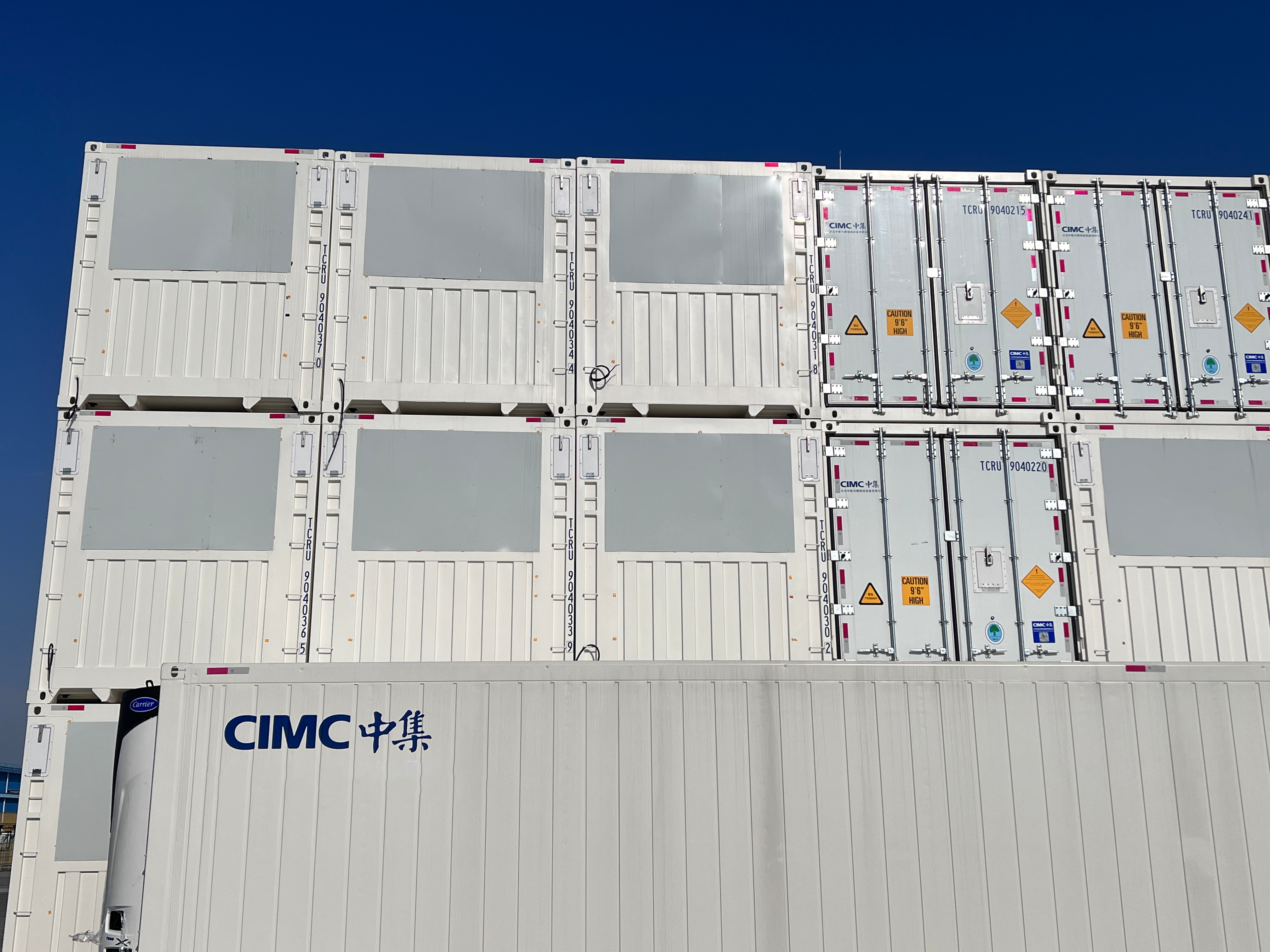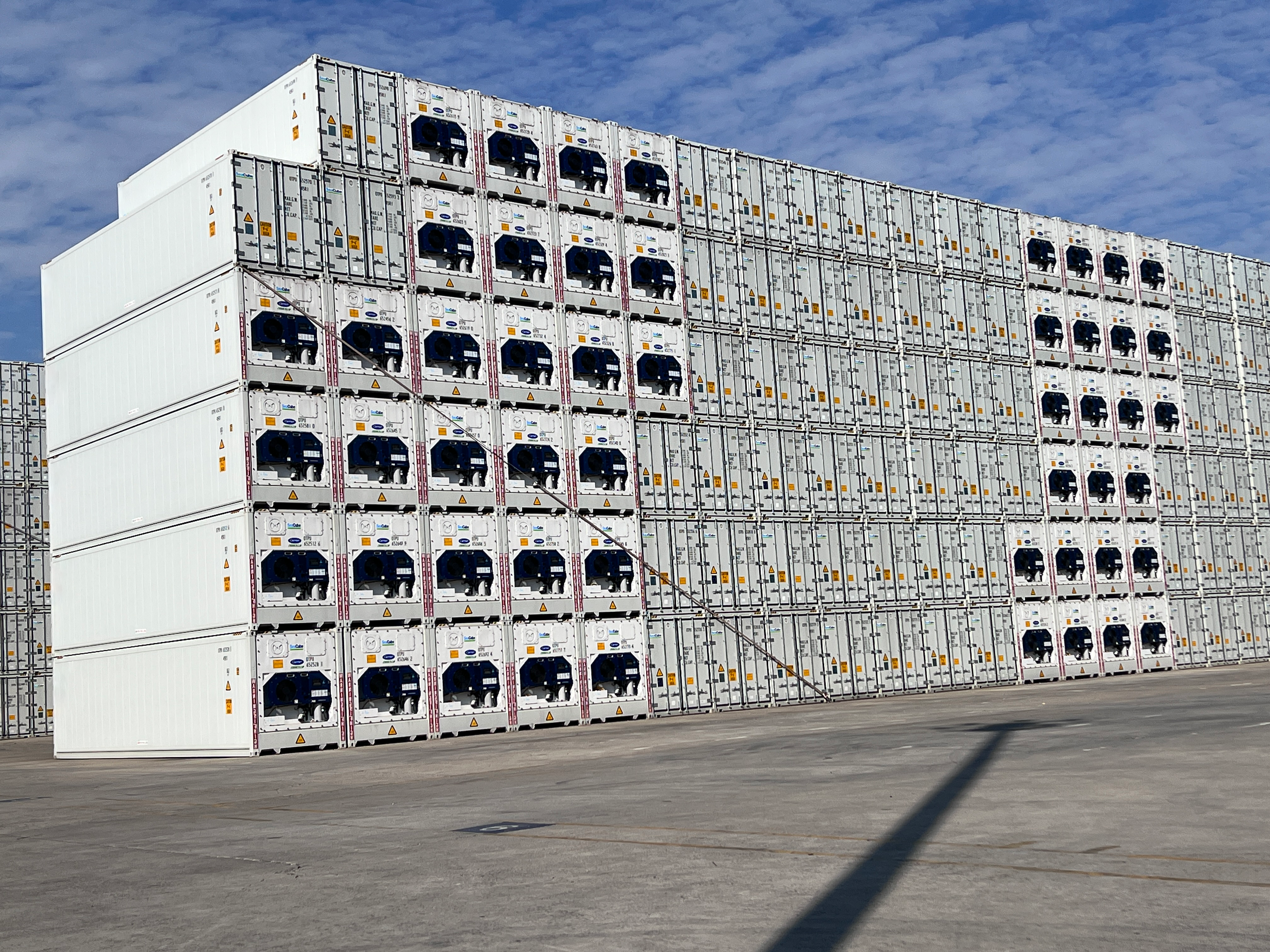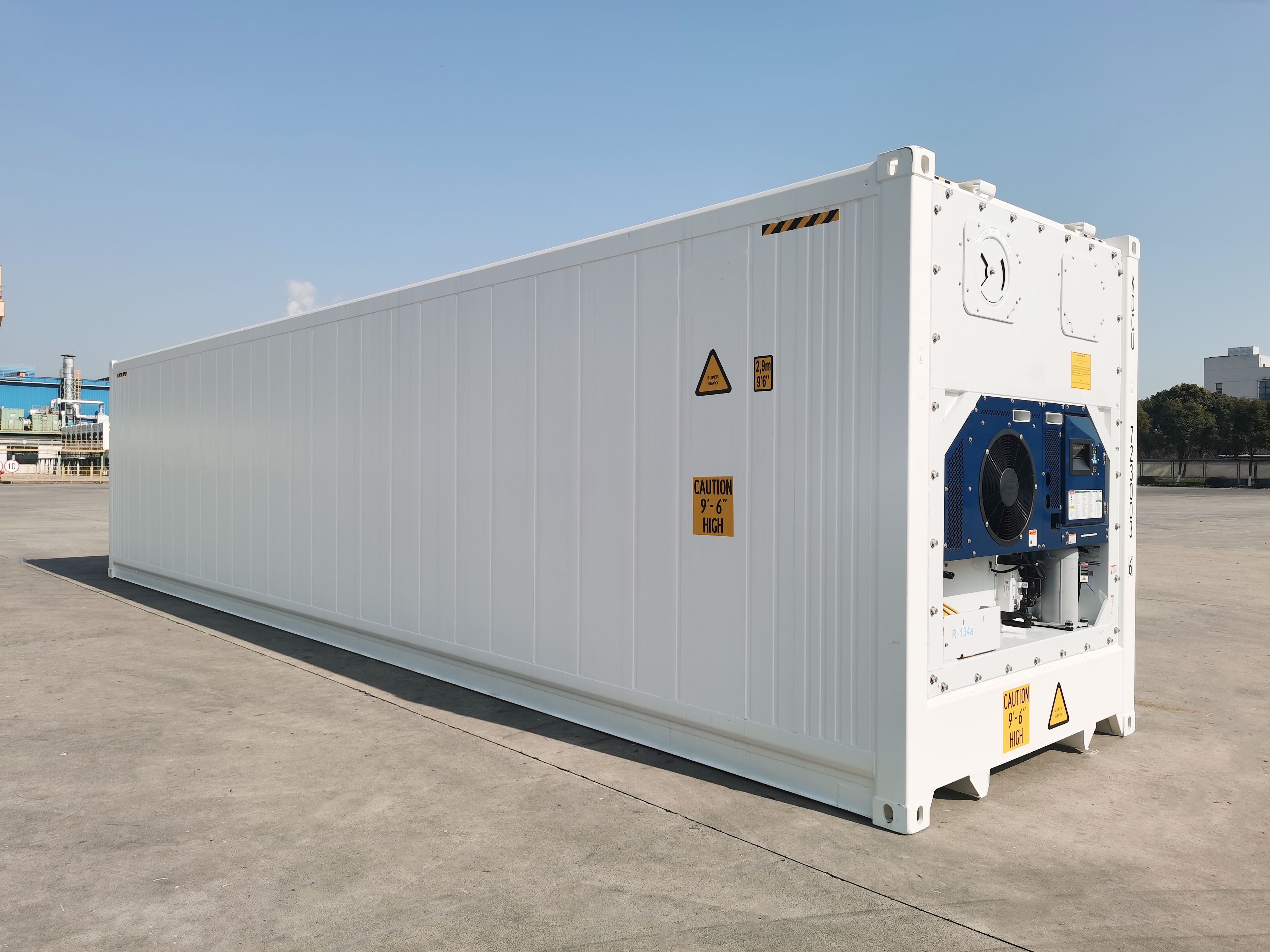-
Shipping Containers
- Container Parts
- Roof Panel
- Side Panel
- Front End Panel
- Door Panel
- Front Corner Post
- Rear Corner Post (Outer/Inner)
- Cross Member
- Bottom Side Rail
- Top Side Rail
- Door Sill
- Front Bottom Rail
- Top End Rail
- Door Header Upper/Lower
- Door Rail
- Floor Spacer
- Angle
- Top/Bottom End Rail
- Door Edge Member
- Door Sealing
- Door Frame Profile
- Door Lining
- Door Hardwares
- Door Gasket
- Side Panel/Lining
- T-Floor
- Roof Panel/Lining
- Cross Member
- Bottom Side Rail
- Top Side Rail
- Ledge PVC
- Kazoo Drain
- Auto Drain
- Alu Tube
- Auto Drain Center Part
- PVC Drain Pipe
- PVC Plugs f. Drain with Ring and Steel Wire
- Door Screw
- Door Screw Nut
- Door Screw Rubber
- Tapping Screw
- Stainless Blind Rivet
- Lashing Ring
- CSC Plate
- Welding Wire
- Tapping Screw Bit
- Vehicle Parts
- Ship Supplies
- 00. Provisions
- 11. Welfare Items
- 15. Cloth & Linen Products
- 17. Tableware & Galley Utensils
- 19. Clothing
- 21. Rope & Hawsers
- 23. Rigging Equipment & General Deck Items
- 27. Painting Equipment
- 31. Safety Protective Gear
- 33. Safety Equipment
- 35. Hose & Couplings
- 37. Nautical Equipment
- 39. Medicine
- 45. Petroleum Products
- 47. Stationery
- 49. Hardware
- 51. Brushes & Mats
- 55. Cleaning Material & Chemicals
- 59. Pneumatic & Electrical Tools
- 61. Hand Tools
- 63. Cutting Tools
- 65. Measuring Tools
- 69. Screws & Nuts
- 75. Valves & Cocks
- 77. Bearings
- 79. Electrical Equipment
- 81. Packing & Jointing
- 85. Welding Equipment
- 87. Machinery Equipment
- Vehicles
- Lashing Tools
- Logistic Tools
ContainersReefer Shipping Containers(6) - Energy Source SelectionMay 14,2025
The transition to new energy solutions in reefer shipping containers demands a strategic evaluation of power systems, with hydrogen fuel cells and lithium batteries emerging as leading contenders. Both technologies offer distinct advantages in battery life, operational cost, and environmental performance, but selecting the right fit requires a nuanced understanding of logistics needs. Below is a comparative analysis to guide informed decisions in reefer shipping containers design and deployment.

1. Battery Life & Operational Continuity
Lithium Batteries: Renowned for high energy density (150–260 Wh/kg), lithium-ion systems deliver reliable power for reefer shipping containers in short- to medium-haul routes. Modern lithium iron phosphate (LFP) batteries offer 4,000+ charge cycles (80% depth of discharge), maintaining 80% capacity over 10 years—ideal for regional distribution with frequent grid charging opportunities. However, their performance degrades in extreme temperatures (<-20°C or >50°C), requiring thermal management systems that add weight and complexity.
Hydrogen Fuel Cells: Provide longer range through electrochemical reactions, generating electricity from hydrogen and oxygen with only water as a byproduct. Fuel cell-powered reefer shipping containers achieve 2,000+ hours of continuous operation without recharging, surpassing lithium’s 8–12-hour runtime in heavy use. This makes them superior for long-haul or remote routes where charging infrastructure is limited. Though fuel cell stacks have a 5,000–10,000-hour lifespan, hydrogen storage tanks (composite materials rated for 15–20 years) extend overall system longevity, provided regular maintenance mitigates cathode degradation.
2. Cost Analysis: Capital, Operation, and Maintenance
Lithium Systems: Lower upfront costs (\(80–\)150/kWh for LFP) make them attractive for fleets prioritizing initial investment. Operational expenses are moderate, with electricity costing \(0.10–\)0.20/kWh in most regions, but battery replacement after 10 years adds significant lifecycle costs (up to 40% of initial price). Cooling systems for temperature regulation further increase energy consumption by 15–20% in harsh climates.
Hydrogen Systems: Higher capital expenditure (\(500–\)1,000/kW for fuel cells) reflect the complexity of proton exchange membrane (PEM) technology and pressurized storage (700 bar tanks). However, hydrogen’s energy density (33 kWh/kg vs. 0.26 kWh/kg for lithium) reduces refueling frequency, cutting downtime by 50% compared to battery charging. Operational costs depend on hydrogen source: green hydrogen (\(6–\)10/kg) aligns with sustainability goals, while gray hydrogen (\(2–\)4/kg) offers lower costs but higher carbon intensity. Maintenance is simpler—no battery recycling or electrolyte replacement—but fuel cell stack overhauls (every 5,000 hours) require specialized technicians.
3. Environmental Protection Requirements
Lithium Batteries: Offer zero tailpipe emissions, but their environmental impact hinges on supply chain sustainability. Mining lithium and cobalt raises concerns about water use and soil contamination, though recycling initiatives aim to recover 95% of materials by 2030. Energy-intensive manufacturing contributes to a carbon footprint of 150–200 kg CO₂ per kWh, offset over time by electric operation.
Hydrogen Fuel Cells: Provide true zero-emission operation, with only water vapor released. Green hydrogen, produced via electrolysis using renewable energy, achieves net-negative carbon impact when paired with regenerative braking in reefer shipping containers. However, hydrogen’s low volumetric energy density requires large storage tanks, increasing vehicle weight and material usage. Infrastructure development for hydrogen production and distribution remains a hurdle, though EU’s Hydrogen Strategy and U.S. DOE investments are accelerating scaling.

When to Choose Which?
· Lithium for Urban/Regional Fleets: Opt for lithium-powered reefer shipping containers in densely populated areas with reliable charging networks, short delivery cycles, and moderate temperature ranges (0°C–35°C). Ideal for pharmaceuticals, flowers, or fresh produce transported over 100–200 km daily.
· Hydrogen for Long-Haul/Remote Routes: Deploy hydrogen fuel cells for cross-country logistics, maritime feeder services, or arid/cold regions where consistent cooling is non-negotiable. Suited for frozen foods, seafood, or vaccines requiring uninterrupted -25°C to +25°C control over 1,000+ km journeys.
The Future of New Energy in Reefer Shipping Containers
Neither technology is a one-size-fits-all solution; instead, hybrid systems combining lithium’s quick response with hydrogen’s endurance are emerging as a middle ground. Such innovations prioritize energy efficiency without compromising cargo safety, a critical balance in temperature-sensitive logistics.

Why CIMC Equilink Leads in New Energy Reefer Shipping Containers
CIMC Equilink’s reefer shipping containers offer both lithium-ion and hydrogen fuel cell solutions, engineered to maximize performance across applications:
· Lithium Models: Feature thermal-efficient designs that reduce battery load by 30%, paired with fast-charging capabilities (80% in 45 minutes) for urban hubs.
· Hydrogen Models: Integrate lightweight composite tanks and dual-stack fuel cells, delivering 1,500+ km range while meeting IMO’s 2030 carbon intensity targets.
Both lines undergo rigorous testing—from thermal shock (-40°C to +70°C) to vibration resistance (ISTA 7D)—ensuring compliance with global standards. Whether optimizing last-mile delivery or enabling transcontinental cold chains, CIMC Equilink’s new energy reefer shipping containers balance innovation with practicality, setting the benchmark for sustainable logistics.
The choice between hydrogen and lithium isn’t about superiority but suitability. By aligning power systems with operational needs, cost frameworks, and environmental goals, stakeholders can future-proof their fleets while safeguarding the integrity of temperature-sensitive cargo.
Quick Quote
Copyright © 2019 CIMC Equilink - Container Parts

 中文
中文















